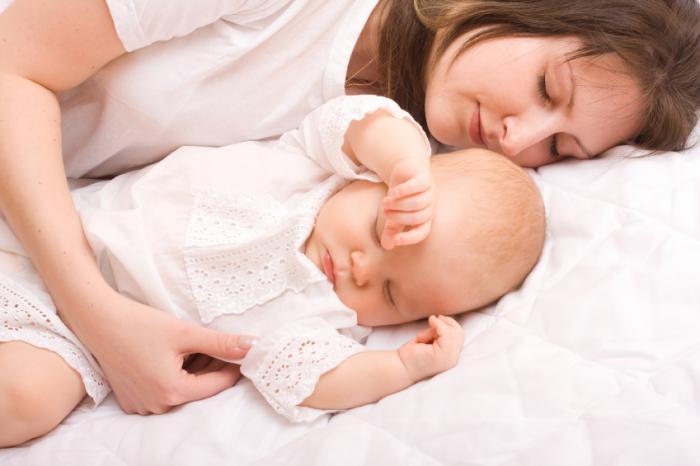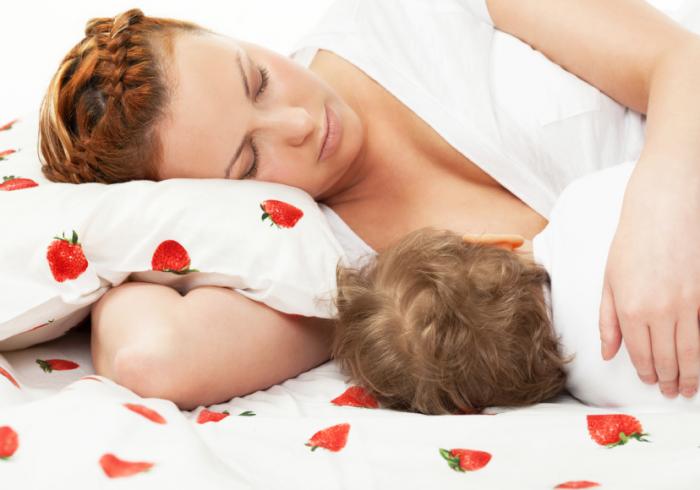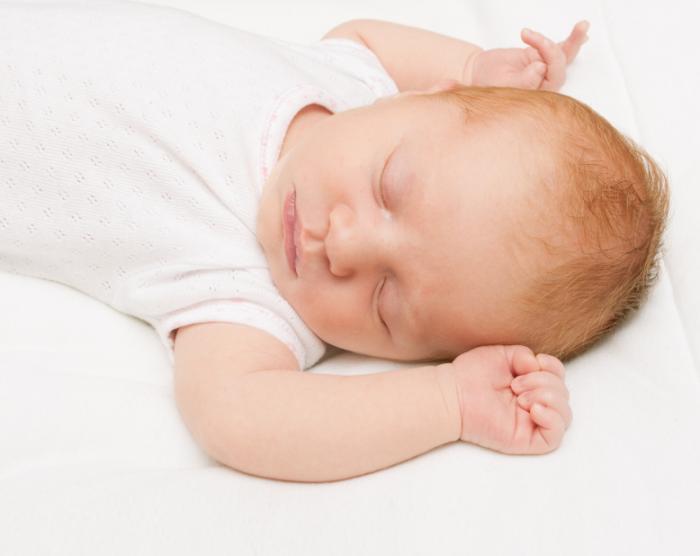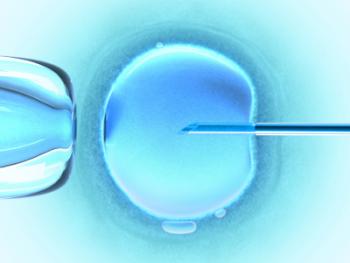 |
| Dr. Enrique Jacome |

Both the American Academy of Pediatrics (AAP) and the US Consumer Product Safety Commission strongly recommend against bed-sharing with an infant - defined as sleeping on the same surface as an infant, such as a chair, sofa or bed.
But according to a 2013 study from the National Institutes of Health (NIH), the percentage of infants who share a bed with a parent, another caregiver or a child more than doubled between 1993 and 2010, from 6.5% to 13.5%.
Some of you may be surprised by this increase, given the well-documented health risks that have been linked to infant bed-sharing.
Earlier this year, Medical News Today reported on a study from the AAP citing bed-sharing as the primary cause of sudden infant death syndrome (SIDS) - the leading cause of death among infants aged 1-12 months.
The study, published in the journal Pediatrics, found that among 8,207 infant deaths from 24 US states occurring between 2004-2012, 69% of infants were bed-sharing at the time of death.
"Bed-sharing may increase the risk of overheating, rebreathing or airway obstruction, head covering and exposure to tobacco smoke. All of these are risk factors for SIDS," Dr. Michael Goodstein, clinical associate professor of pediatrics at Pennsylvania State University and a member of the AAP Task Force for SIDS, told MNT, adding:
"Furthermore, bed-sharing in an adult bed not designed for infant safety exposes the infant to additional risks for accidental injury and death, such as suffocation, asphyxia, entrapment, falls and strangulation.
Infants - particularly those in the first 3 months of life and those born prematurely and/or with low birth weight - are at highest risk, possibly because immature motor skills and muscle strength make it difficult to escape potential threats."
More recently, another study from the AAP found that even sleeping with an infant on a sofa significantly increases the risk of SIDS. Of 9,073 sleep-related infant deaths, researchers found that 12.9% occurred on sofas. The majority of these infants were sharing the sofa with another individual when they died.
Aside from the study statistics, some reports have shown that the risks of infant death as a result of bed-sharing are very real.
In 2012, UK newspaper The Daily Mail reported on the deaths of 3-week-old twin babies in Idaho, who died after their mother accidentally suffocated them while they were sleeping in her bed. A few months later, the newspaper reported on another incident, in which a mother accidentally suffocated her baby while rolling over him in her sleep.
Most recently, a report from WQAD.com revealed that a man and woman had been charged for the death of their 4-month-old baby, after sleeping beside the baby while under the influence and rolling on top of him.
According to the AAP, bed-sharing is particularly risky if a parent is very tired, has been smoking, using alcohol or has taken drugs.
Such reports prompt the question: if bed-sharing can put an infant's life at risk, why are more parents taking up the practice?
Bed-sharing and breastfeeding
The primary reason many mothers choose to bed-share with their infant is to promote prolonged breastfeeding.

The Academy of Breastfeeding Medicine support bed-sharing when it comes to breastfeeding. And last year, a study published in JAMA Pediatrics suggested that mothers who regularly bed-share with their infants are more likely to breastfeed for longer. Numerous other studies have reached the same conclusion.
But it is not just the studies that hail bed-sharing for promoting breastfeeding. Pediatrician Dr. William Sears is possibly the most famous advocate for bed-sharing, after openly supporting the practice in The Baby Book in 1993.
"Put yourself behind the eyes of your baby," Dr. Sears told The Huffington Post in 2011. "Ask, 'If I were baby Johnny or baby Suzy, where would I rather sleep?' In a dark lonely room behind bars, or nestled next to my favorite person in the world, inches away from my favorite cuisine?"
For many mothers, breastfeeding can be a struggle. They have to pull themselves out of bed on numerous occasions throughout the night and try to stay awake while their infant feeds; doing this night after night can be exhausting, causing many mothers to give up breastfeeding altogether.
This is why many parents see bed-sharing as a viable option; the baby can feed while the mother can get more sleep.
Citing the benefits of bed-sharing for breastfeeding in a blog for The Huffington Post, Diana West, of La Leche League International - a nonprofit organization that promotes breastfeeding - says:
"She automatically lies on her side facing the baby with her lower arm up and knee bent," West adds. "This creates a protected 'cove' that keeps her from rolling toward the baby and prevents anyone else from rolling into that space. The baby stays oriented toward her breasts in that safe cove, away from pillows. Their sleep-wake cycles synchronize so that they both have low-stress, low-level arousals through the night."
"This instinctive and mutually beneficial behavior probably explains why research has shown that the new mothers who get the most sleep are the ones who breastfeed exclusively and bed-share," she says.
Dr. Goodstein told us, however, that there have been no studies assessing whether room-sharing with an infant rather than bed-sharing also promotes breastfeeding.
What are the other potential benefits and risks of bed-sharing?
Contrary to the majority of research on bed-sharing, some health care professionals claim bed-sharing with an infant actually reduces the risk of SIDS - if it is done safely.
Dr. Sears is one of these, noting that in countries where bed-sharing is common practice - such as Asia, Africa and parts of Europe - SIDS rates are at their lowest. "While there could be many other factors contributing to the lower incidence of SIDS in these cultures, all the population studies I've seen have come to the same conclusion: safe co-sleeping lowers the SIDS risk," Dr. Sears says on his website.
Dr. Goodstein, however, believes there is not enough evidence to support this claim.
Studies have suggested that bed-sharing with an infant also increases bonding between parent and baby. Talking to Fox News last year, pediatrician Dr. Susan Markel says:
"Babies have an inborn need to be touched and held. They enjoy having physical closeness day and night, and this kind of connection is essential to meet a baby's needs for warmth, comfort and security."
But some health care professionals believe the risk of SIDS outweighs the potential benefits of bed-sharing. What is more, bed-sharing may present other downfalls.
"Many [parents] believe that if you allow children to sleep in your bed from birth, it can be hard to persuade them to move out later," Sarah Crown, editor of the UK's biggest community network for parents, Mumsnet, told MNT.
In addition, some parents believe bed-sharing with an infant will make them more dependent on others as they get older. "I think it teaches kids that they almost need that constant contact and interaction in order to feel that safety, security and confidence in themselves," Jennifer Zinzi - a mother of two who strongly opposes bed-sharing - told Fox News.
A 2011 study published in the journal Pediatrics, however, found that bed-sharing at age 1-3 years poses no negative long-term effects for a child's behavior and cognition at the age of 5 years.
'No golden rule' for bed-sharing
Despite the ongoing debate surrounding bed-sharing, it seems child health organizations and health care professionals are in agreement about one thing: the decision to bed-share with infants is solely down to the parents.
"There is no golden rule," Crown told us. "It's about what suits you and your family more than anything. But Mumsnet users find that talking to those who've been there and done that, and sharing wisdom and support on the often vexed question of sleeping in the early days, is invaluable."
Dr. Goodstein added:
"I think that at the end of the day, parents want to be the best they can be and provide the best for their babies. As providers and child advocates, we want to assist parents by providing the best information to allow infants to not just be healthy, but to thrive and reach their full potential.
We need to work together. We need to do everything we can to promote breastfeeding. We also need to promote infant sleep safety."
AAP recommendations for safe infant sleeping environments
As mentioned previously, the AAP do not support bed-sharing. Instead, they recommend room-sharing, meaning parents should sleep in the same room as their infants but not on the same surface.

In their latest policy statement, the AAP recommend that babies should be placed on their back to sleep - known as the supine position - in a safety-approved crib, bassinet or portable crib/play yard. These should have a firm mattress covered by a fitted sheet.
The policy statement also recommends that no soft objects, such as pillows, pillow-like toys, quilts, comforters and sheepskins should be within the infant's sleeping environment, as these could increase the risk of SIDS, suffocation, entrapment and strangulation.
Furthermore, babies should sleep in a smoke-free environment, and their environment should not be too warm as this may increase the risk of SIDS.
The AAP say parents should consider using a pacifier at bedtime, as this has been shown to reduce the risk of SIDS, but should avoid the use of commercial devices marketed to reduce SIDS risk due to the lack of supporting evidence that they work.
"Helping parents to understand why they should follow these recommendations could lead to better compliance in the home," said Dr. Goodstein.
Safer bed-sharing
Parents may choose to bed-share with their child, or there may be those occasions where it happens unexpectedly.
The Baby Friendly Initiative from UNICEF - a global children's charity - provides recommendations for safer bed-sharing.
They note that it is not safe to bed-share in the early months of a baby's life, or if they are preterm or of a small birth weight.
An infant should be kept away from pillows to avoid the risk of suffocation, UNICEF recommend, and parents should ensure the infant is unable to fall out of the bed or become trapped between the mattress and wall.
Parents should also ensure bedclothes do not cover the baby's face, and infants should not be left alone on the bed in case they move into a dangerous position.
Furthermore, parents should not share a bed with their child if they are a smoker or have taken drugs or consumed alcohol.

![[breakfast bowl]](http://www.medicalnewstoday.com/images/articles/283/283974/breakfast.jpg)

